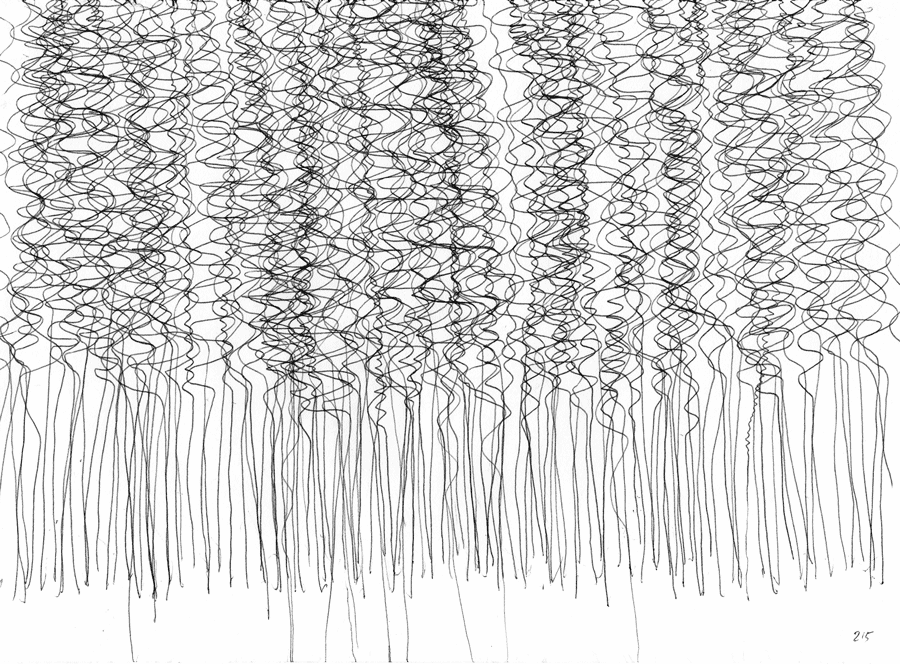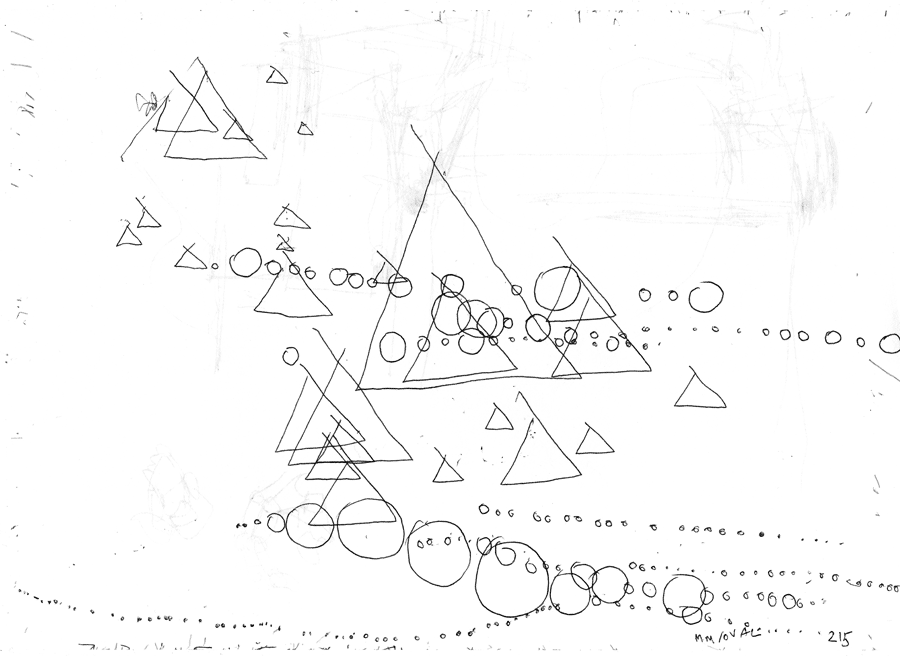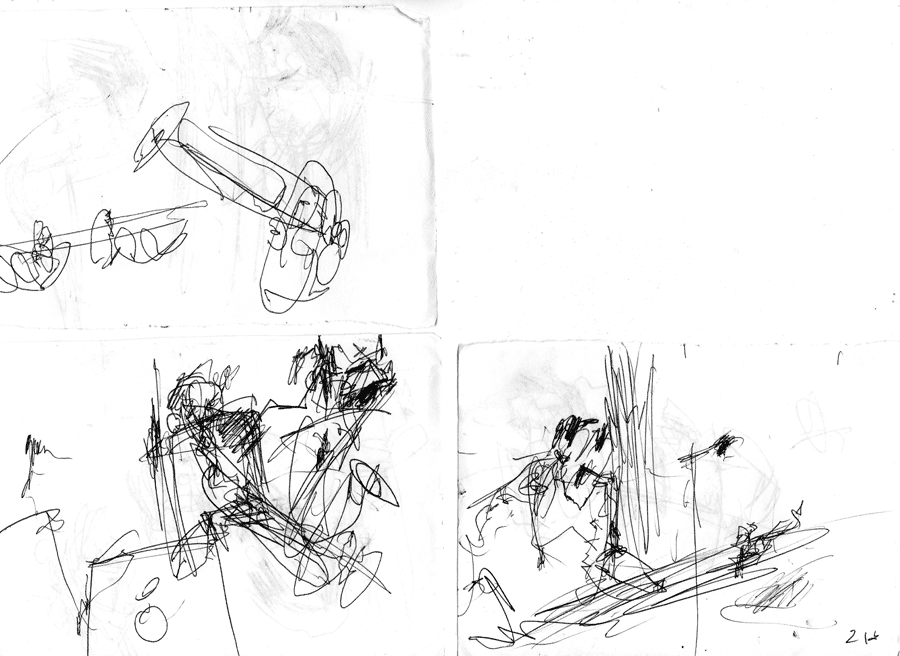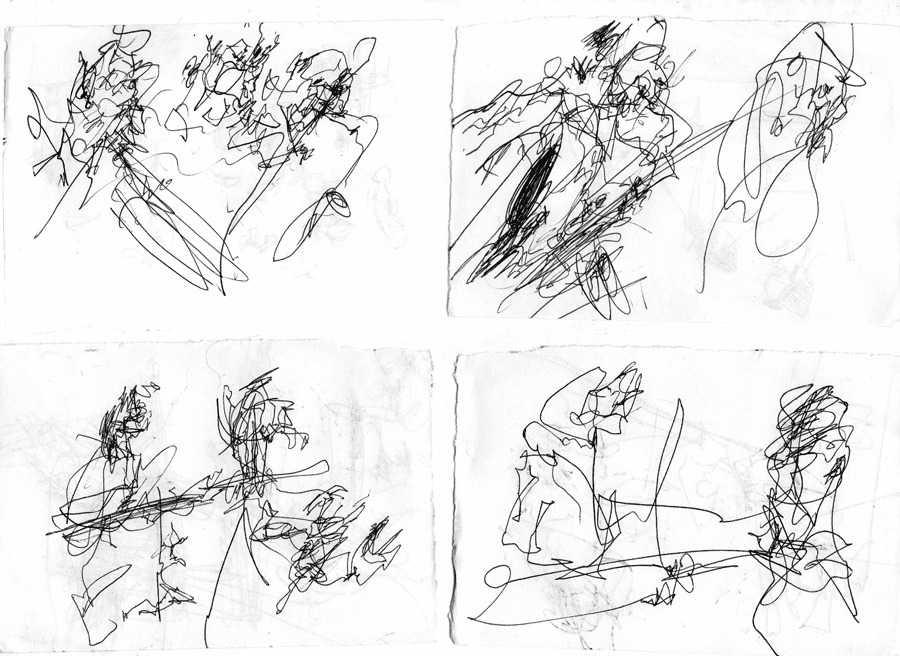From: MacDonald, S. (2001). /The politics of Display: Museums, Science,
Culture/. Routledge: London
p.2 - ...[exhibitions are] unequivocal statements rather than the
outcome of particular processes and contexts.
...objects are there to be gazed upon, admired, and understood only in
relation to themselves. Research, however, must seek to move beyond this.
MUSEUMS, KNOWLEDGE AND POWER
Museums...not simply putting science on display; they are also creating
particular kinds of science to the public... being science that an
educated public ought to know about.
P.3 - Foucault: power and knowledge are thoroughly mutually
implicated... power=construction of truths. knowledge = implications for
power... The production, distribution and consumption of knowledge are
always political in this sense.
Politics is... a matter of competing knowledges, intentions and interests.
P.4
- Who authors the exhibitions?
- How much agency does an exhibition-maker have?
- What state political or economic interests impinge?
- How is the audience imagined?
- Who is excluded?
- To what extent do visitors to an exhibition define it in their own terms?
- How do certain exhibitionary forms/techniques enable certain kinds of
readings?
.. the nature of appeals to authority, in art museums may well be
different from those in museums of science.
... morality and trustworthiness of those who speak about science;..
P. 5 - Roger Silverstone: how different media articulate time and space
(1992).. thematic, poetic and rhetoric strategies (1989).
Poetics (aesthetics, pleasure) -><- rhetoric (mechanics, instruction)
A SCHEMATIC HISTORY OF MUSEUMS OF SCIENCE
Museums of science - cultural technologies which define (1) certain
kinds of knowledge and (2) certain kinds of publics.
Periods:
1. Renaissance -> XVIIc. - Early modern museums of science;
2. XVIII-XIXc. -> Public Museums, World Fairs;
3. 1960s -> onwards - Change of Display, Growth of Industrial Heritage
and Science Centres.
1. Curiosity Cabinets: material not accountable by the Bible.
Foucault (1970): knowledge was based upon notions of
/similitude/ and /resemblance/.
XVIIc. - instead of those two, comes /comparison/: science of order.
XVIIc. - beginnings of taxonomic knowledge, late XVIIIc. -
'opening up' museums to broader public.
2. Modern museums:
1) Formation of nation-states;
2) Colonialist expansion;
3) Development of scientific 'museological' ways of seeing the
world.
P. 9: Museum: site for diplaying the narratives of modern
developments + thechnology through which modernity is constituted.
P. 10:
- French Revolution -> public museums;
- Crystal Palace 1851;
- Musee d'Histoire Naturelle, Paris, 1793;
- Academy of sciences, Petrograd, 1836;
- Leiden (1837), Oxford (1885)
P. 11 - John Pickstone (1994):
- Classical science: explains deductively according to
particular natural philosophies (e.g. vitalism, mechanism);
- New 'analytical' or 'museological' sciences: objects as
/compounds/, analysable into /elements/, these elements are /domain
specific/. - > explanation and prediction.
P. 12 - Sophie Forgan: planning of the layout in XIXc.
museums. Natural History Museum in London.
Making exhibitions educative for and legible
to, the new mass public.
Ideas of improvement and progress:
- Expansive level: progress of human kind;
- National level: country's self-betterment and
positive influence to the rest of the world;
- Individual level: citizen's personal journey
towards knowledge.
P. 13. Continued specialization of scientific knowledge...
science has developed a mystique of being beyond lay understanding...
XXc. moves away from the dominant XIXc. analogy of the museum as a library.
3. Contexts, interactivity and consumers.
P.14 - 1960s, 'Cuture Wars', /Enola Gay/ episode, 'Science
Wars', fierce debate over the epistemological status of science.
P. 15 - Politics of industrial heritage and the extent to
which presenting science as part of particular places, times and social
relations may enable the public to better understand the importance
and/or the dangers of science.
Exploratorium, San Fransisco, 1969 (F. Oppenheimer): scant
commentary on their political motivations and effects.
Also, Oppenheimer worked on the atomic bomb: public fear of
the potential of science.
Individual creative element of science rather than its
social or political contexts.
P. 17 - National cultural semantics: Britain
(individualized choice-making consumers and ative learners); France
(citizenship, celebration of human-machine interrelations.
XXc. museums:
1) Past-focused industrial heritage;
2) Forward-looking interactive and multimedia display
technologies;
+
3) Relativization or questioning scientific authority;
4) Reflection on the process of exhibiting itself.



































